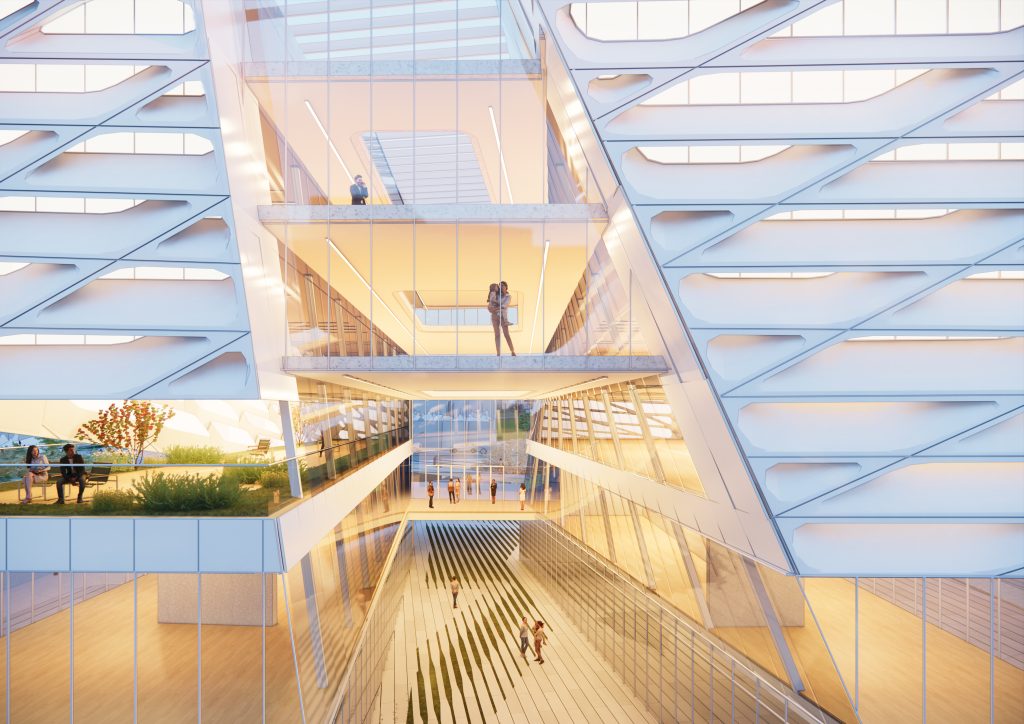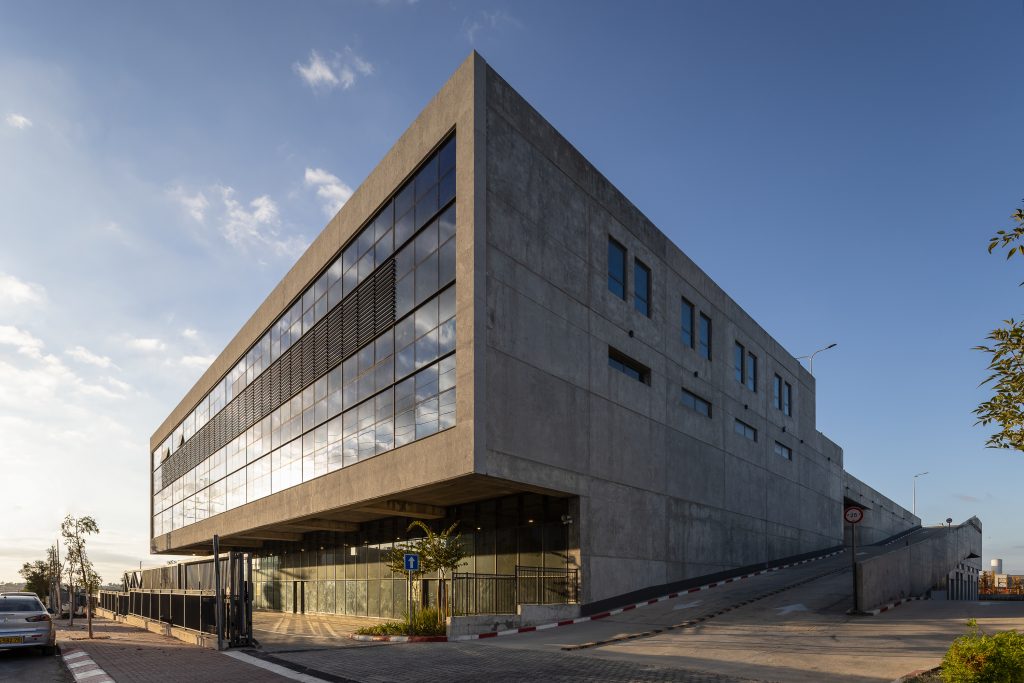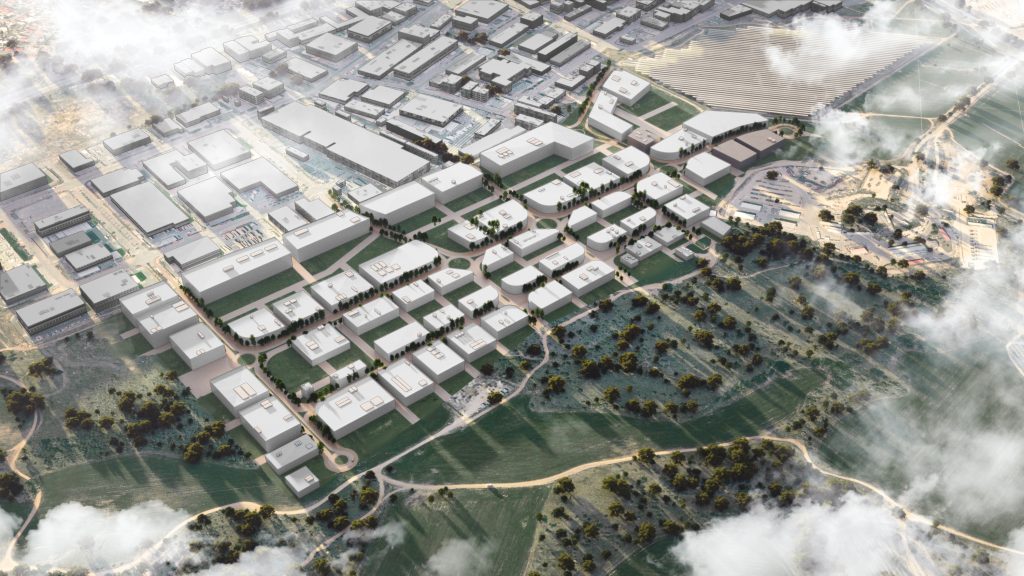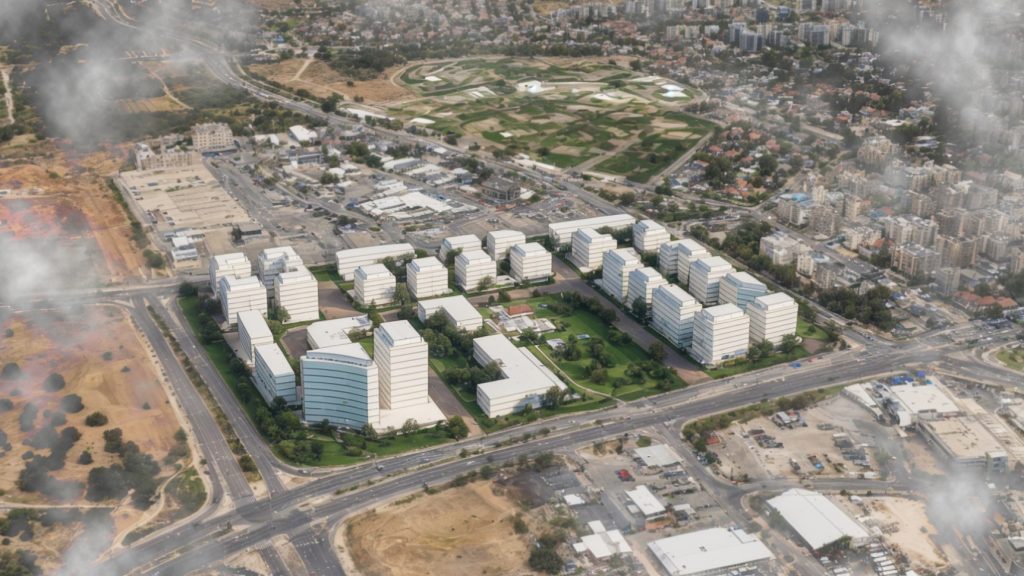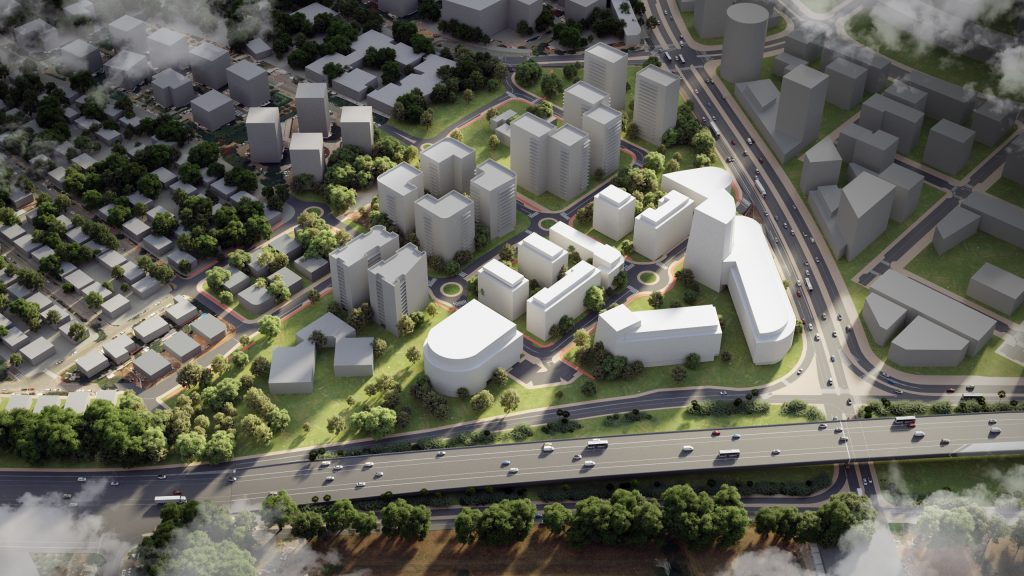The Need
Preparation of a comprehensive master plan to optimally address the evolving needs of Israel’s National Sports Institute through the year 2040. As part of the plan, special attention is given to the integration of the new National Center for Elite Sports, which is expected to be established on-site in the coming years.
The Vision
Wingate Institute is a diamond in the rough waiting to be polished. The site holds every advantage imaginable – uninterrupted Mediterranean views, expansive open spaces, nature reserves adjoining walking trails, excellent accessibility to major transportation routes and metropolitan areas, historical buildings slated for preservation, unique vegetation habitats, and even an archaeological site.
The new master plan capitalizes on these diverse strengths, shaping a renewed environment for Israel’s elite athletes. It defines several new zones, each with a distinct identity, while reinforcing the site’s existing qualities across a range of scales.
The Design
The primary area within the campus has been designated for elite sports. This zone stretches from south to north, anchored by a central boulevard that links the older facilities with the new developments and provides easy access to wellness and service buildings.
The new boulevard includes an Olympic-standard running track, bike lanes, and cafés with seating areas. Adjacent to the boulevard, space has been allocated for startup companies in the sports tech sector, alongside a planned five-star hotel to accommodate international athlete delegations.
At the heart of the complex lies the central plaza – a pedestrian-only space preserving the existing shade trees. Around it, lawns will be rehabilitated, nature reserves will be integrated into the landscape, and the archaeological site and heritage buildings will be developed as key public assets.
A major challenge addressed in the plan was reorienting the main entrance to the campus — from its current location in the north to a new southern entry point. This shift significantly influenced the spatial organization and dictated a reimagining of what was previously considered the site’s “backyard”.
The placement of the new multipurpose building presented another key design challenge. The planned expansion of the Coastal Highway (Route 2), which will encroach on part of Wingate’s northern edge, necessitated relocating the main entrance to the south. A detailed analysis of the institute’s needs revealed that this constraint offered a unique opportunity: to finally create a proper gateway worthy of a national sports center.
The new entrance, accessible via a future interchange above the highway, will feature a wide, tree-lined promenade, bike paths, and pedestrian walkways connecting directly to the adjacent nature reserves.
Facing this new gateway will stand the National Sports Center building – a defining landmark and symbolic entrance to the renewed Wingate Institute.





